The architecture of Banke Bihari Temple is a beautiful blend of Rajasthani and Mughal styles. The temple’s façade features intricate stone carvings, arched gateways, and latticework. The sanctum is simple yet powerful — with the black marble idol of Banke Bihari adorned with elegant clothes and garlands, rather than heavy jewelry, emphasizing Krishna’s playful and approachable nature.
Festivals at Banke Bihari Temple
The temple is famous for celebrating festivals with unmatched enthusiasm:
- Janmashtami – The birth of Krishna is marked by grand decorations, special bhajans, and elaborate rituals.
- Radhashtami – Dedicated to Goddess Radha, the celebrations are full of floral decorations and devotional singing.
- Holi – Perhaps the most famous festival here, where colors, flowers, and music create an atmosphere of divine play.
- Jhulan Yatra – The deity is placed on a beautifully decorated swing during the monsoon season.
During these festivals, the narrow streets of Vrindavan come alive with processions, kirtans, and an endless flow of pilgrims.
Timings and Darshan Hours
The darshan timings vary according to season:
- Summer (after Holi):
- Morning: 7:45 AM – 12:00 PM
- Evening: 5:30 PM – 9:30 PM
- Winter (after Diwali):
- Morning: 8:45 AM – 1:00 PM
- Evening: 4:30 PM – 8:30 PM
Note: Photography is strictly prohibited inside the temple.
How to Reach Banke Bihari Temple
- By Air: The nearest airport is Agra (70 km); Delhi Airport is about 150 km away.
- By Train: The closest railway station is Mathura Junction (12 km), well-connected to major cities.
- By Road: Vrindavan is accessible via regular buses and taxis from Delhi, Agra, and Mathura.
Once in Vrindavan, you’ll need to walk or take an e-rickshaw to the temple due to the narrow lanes.
Best Time to Visit
While the temple is open year-round, the best time to visit is October to March when the weather is pleasant. Visiting during Janmashtami or Holi offers a once-in-a-lifetime devotional experience, but be prepared for large crowds.
Spiritual Significance
For devotees, a visit to Banke Bihari Temple is more than just sightseeing — it’s about experiencing darshan that touches the soul. The brief moments when the curtain opens are said to fill one’s heart with divine joy, washing away all worldly worries. Many visitors describe the atmosphere inside as a blend of childlike innocence and eternal bliss — a reminder of Krishna’s eternal play in Vrindavan.
Conclusion
The Banke Bihari Temple in Vrindavan is not just a monument or a religious site — it’s the living heart of Krishna devotion. From its fascinating legend to its unique darshan tradition, from its festival celebrations to the spiritual energy that fills its halls, this temple continues to inspire millions on their path of love and surrender to the Divine.
Whether you are a pilgrim seeking blessings or a traveler drawn to India’s rich cultural heritage, a visit to Banke Bihari Temple is sure to leave an everlasting impression on your heart.
















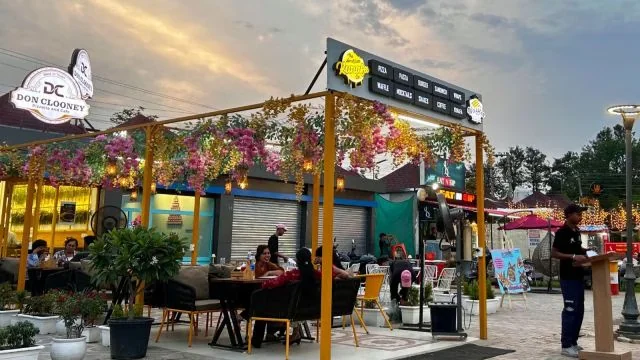




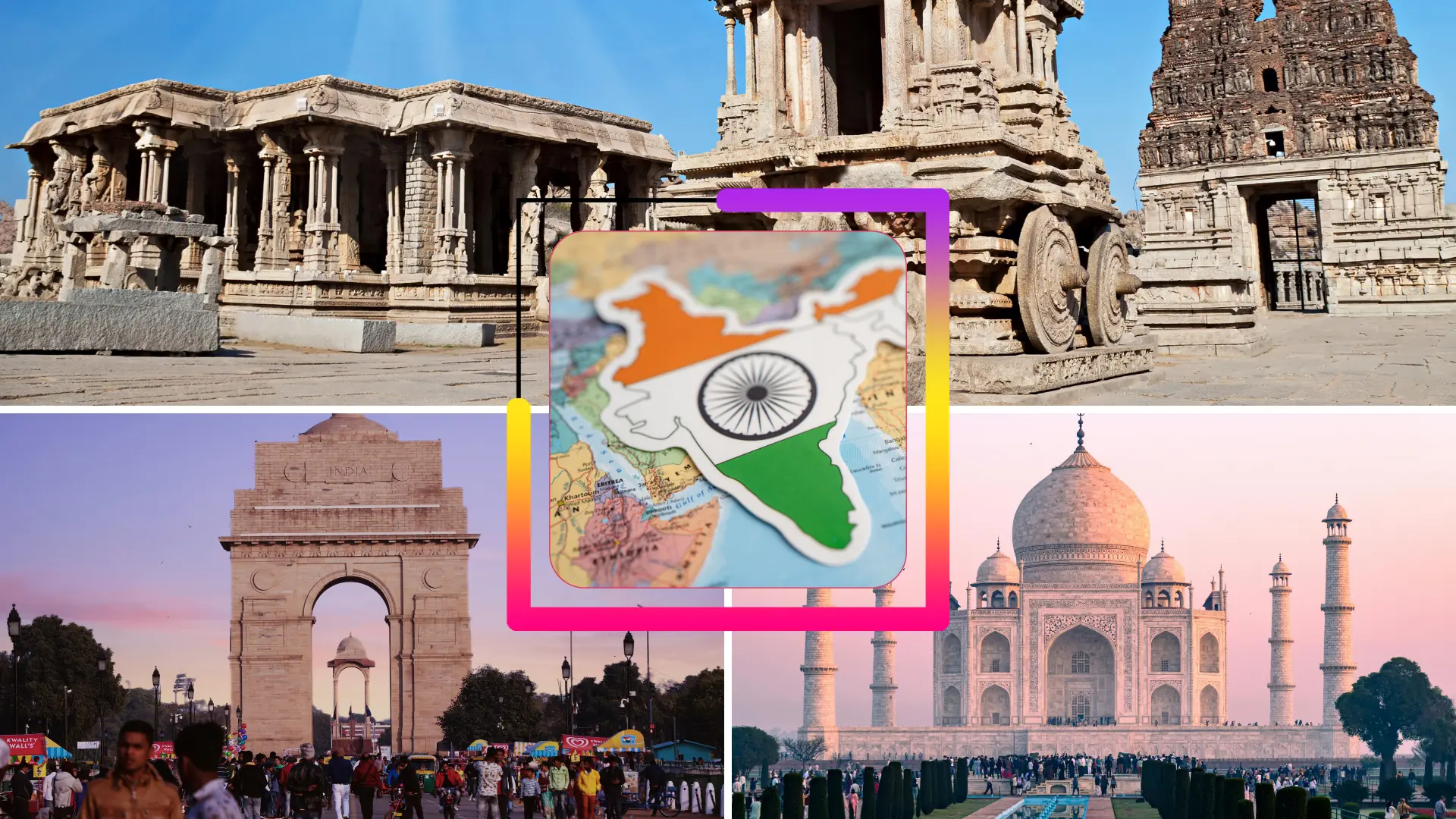










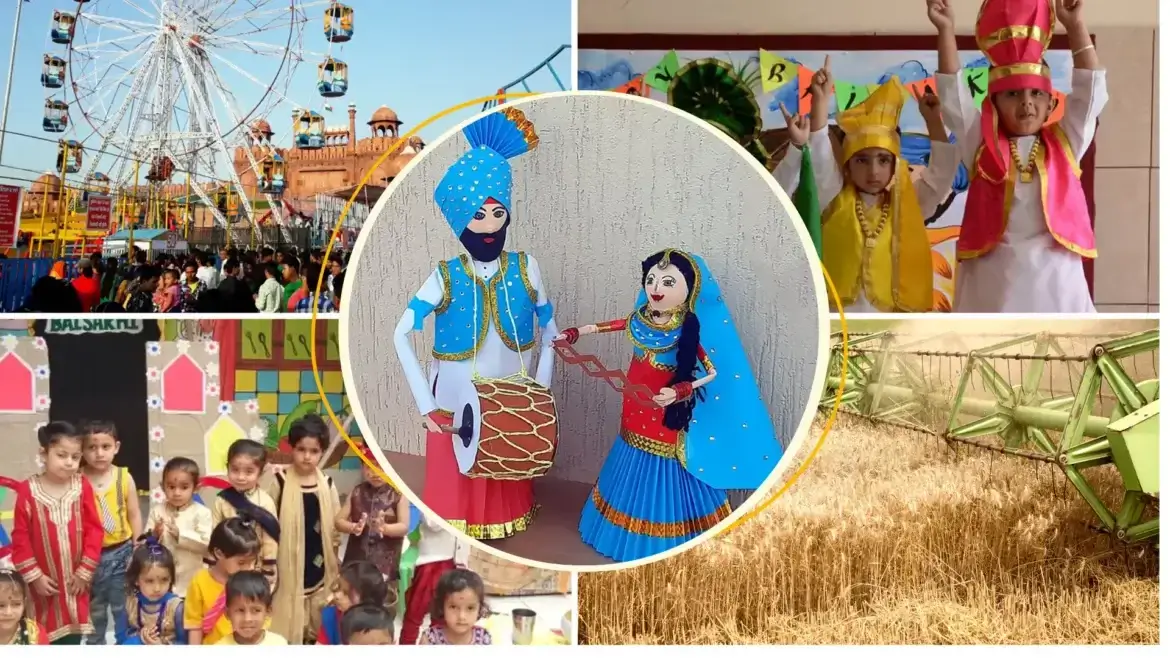









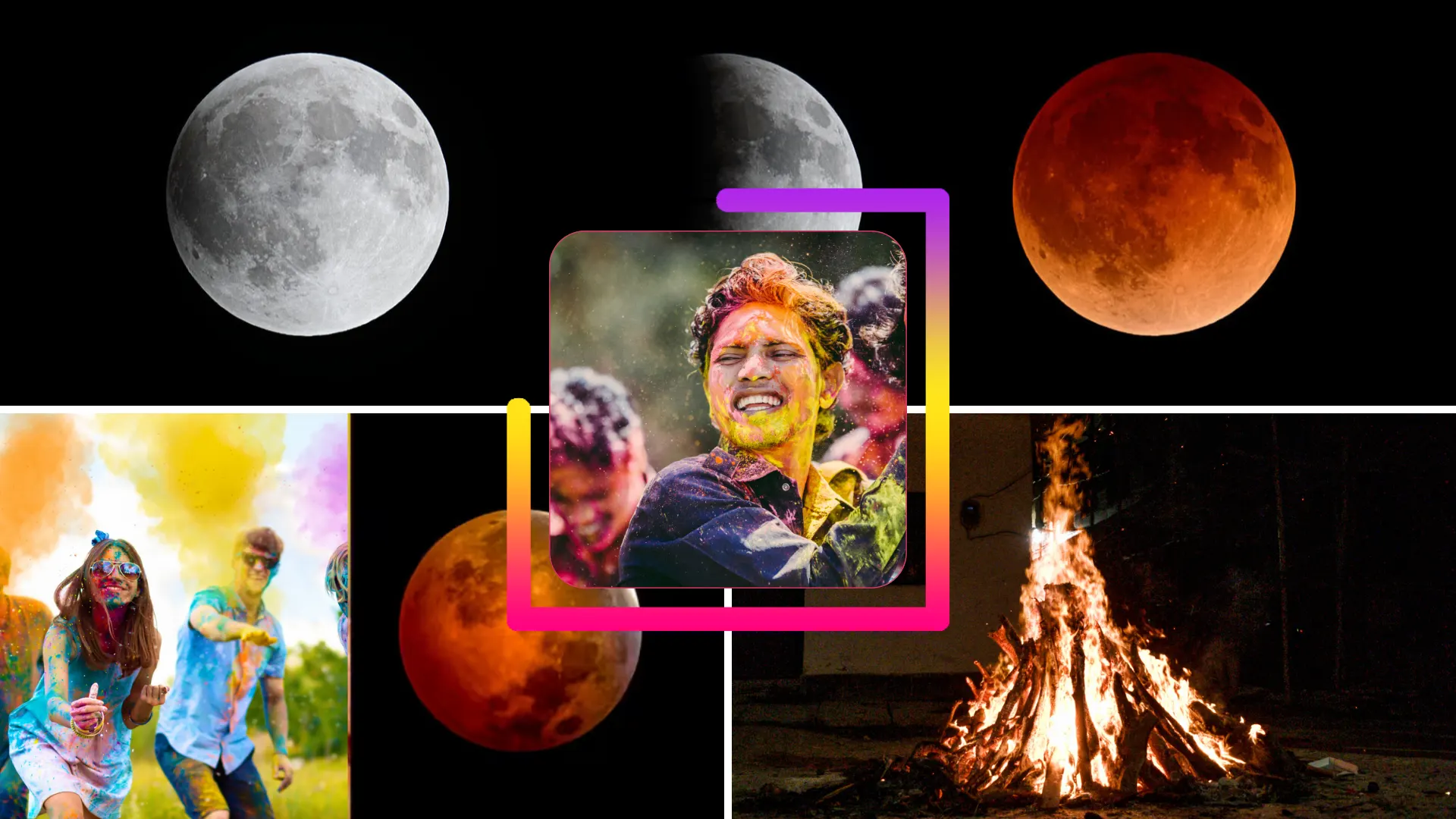
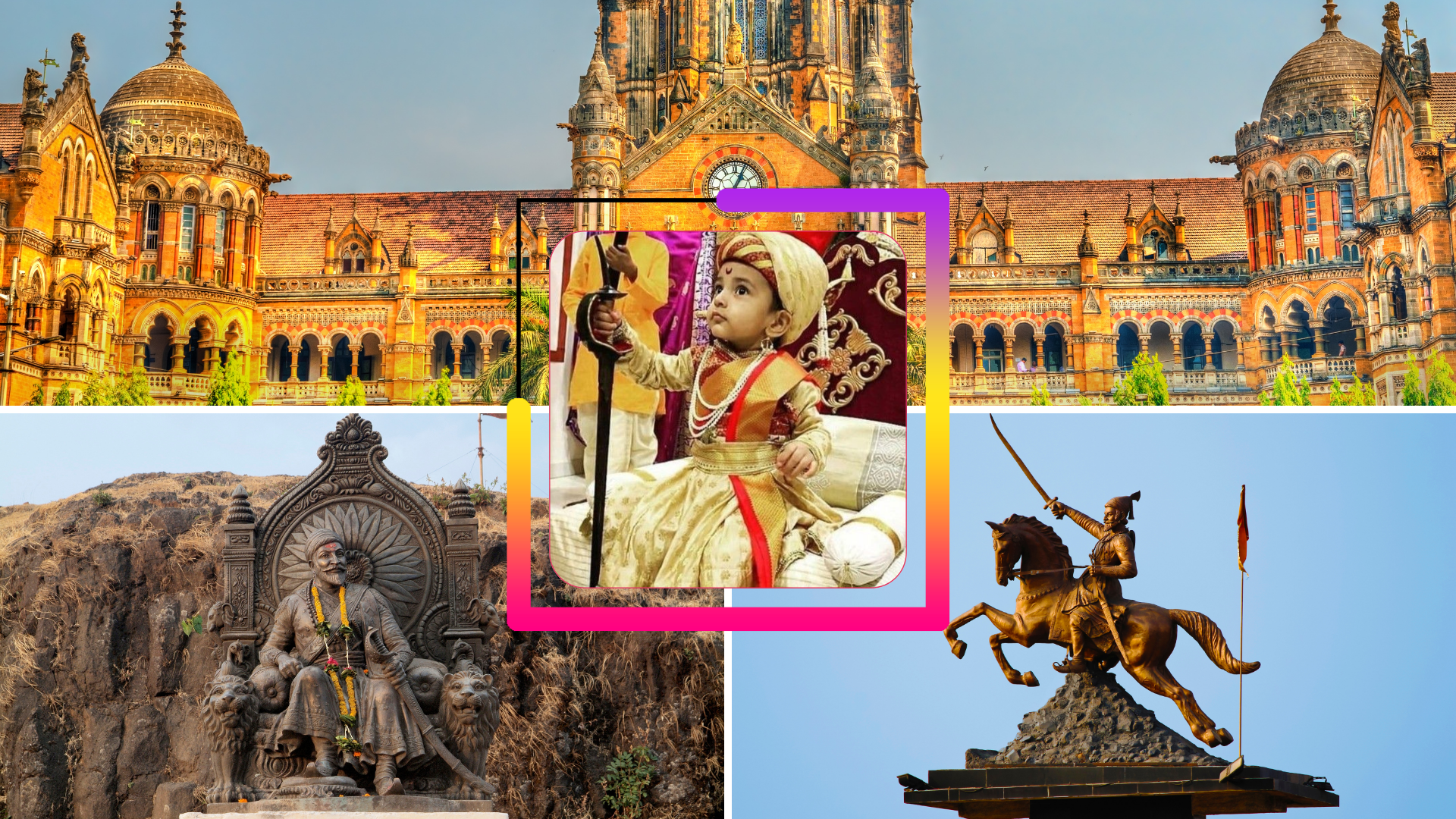


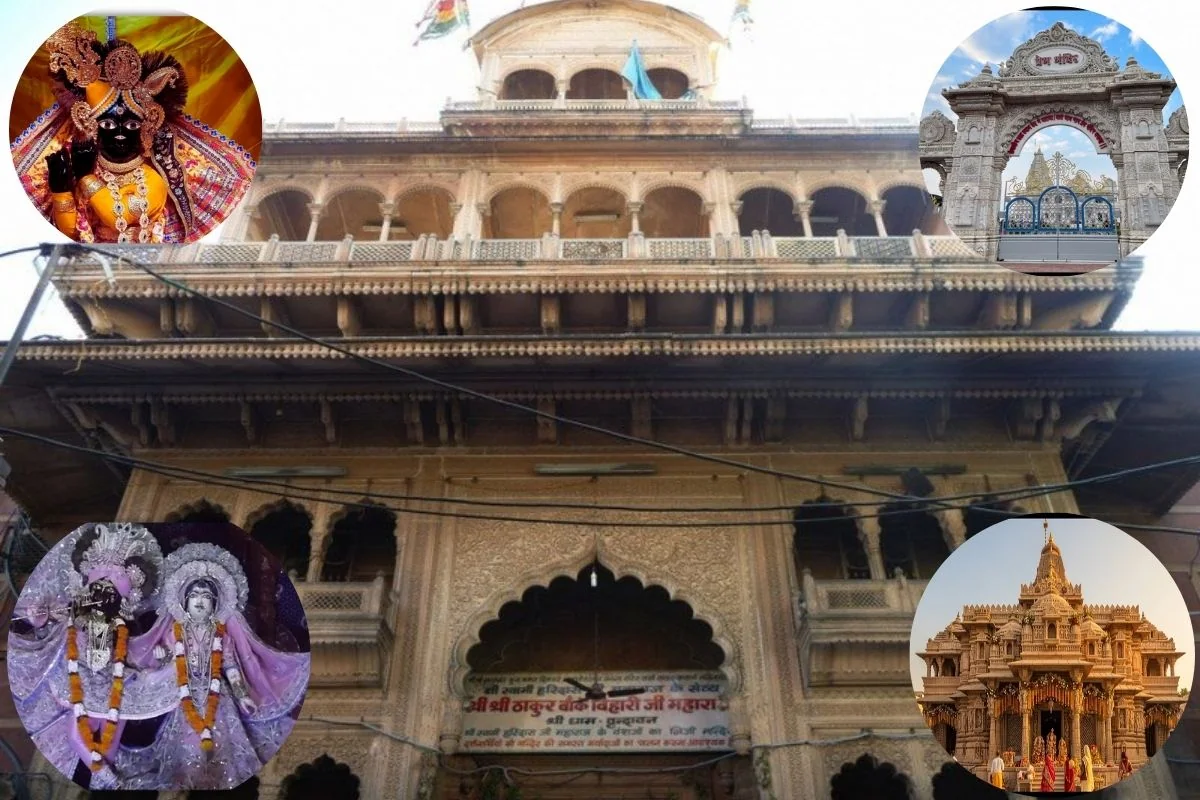
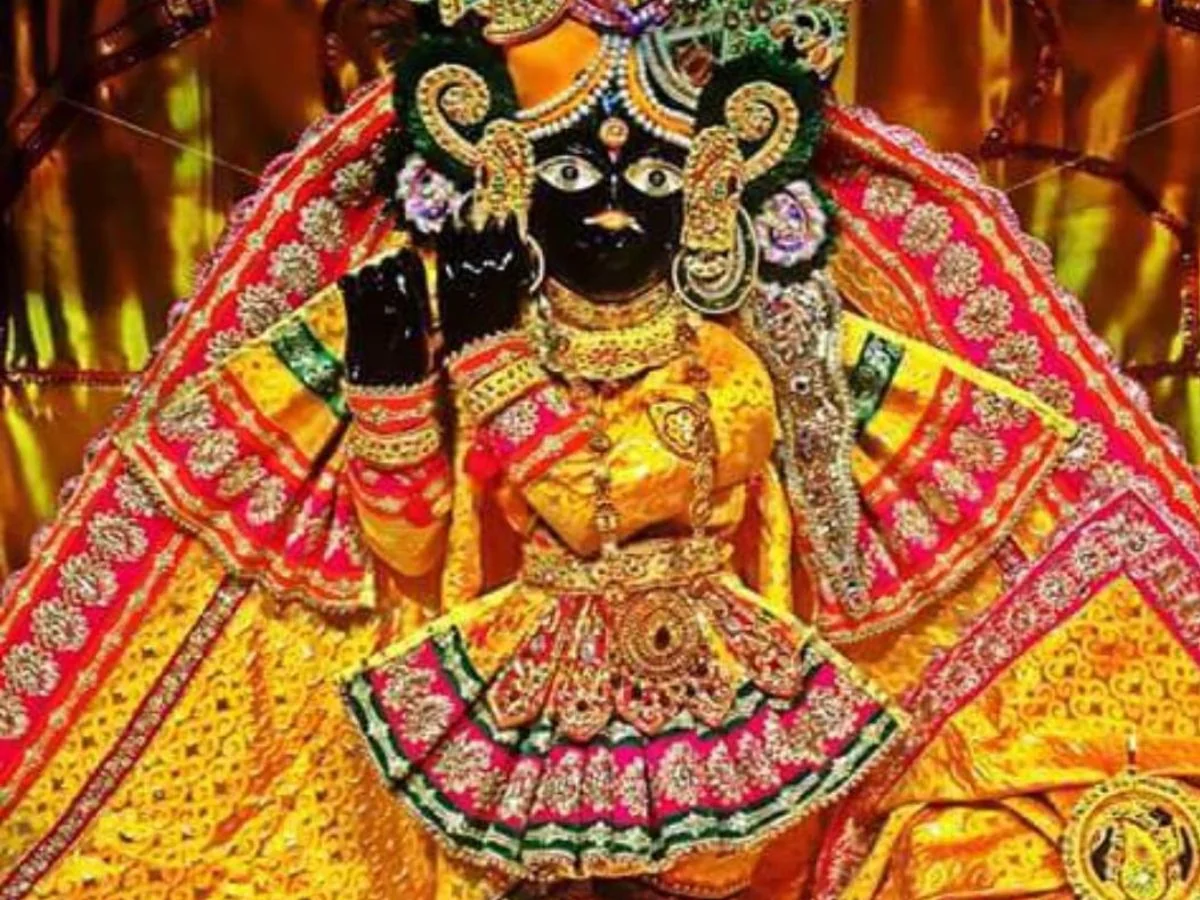
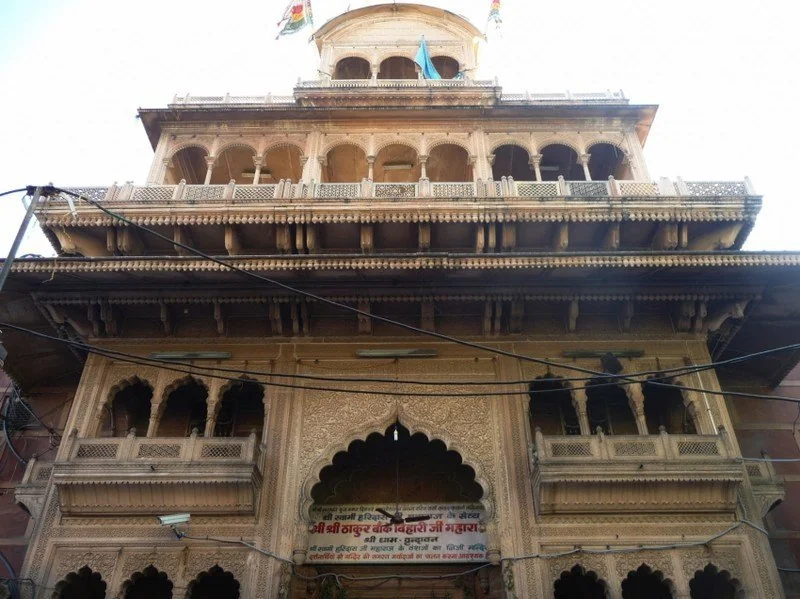


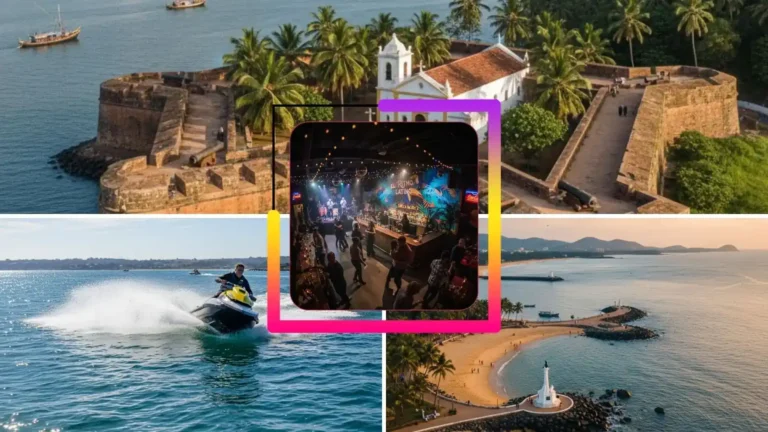




Leave a Comment